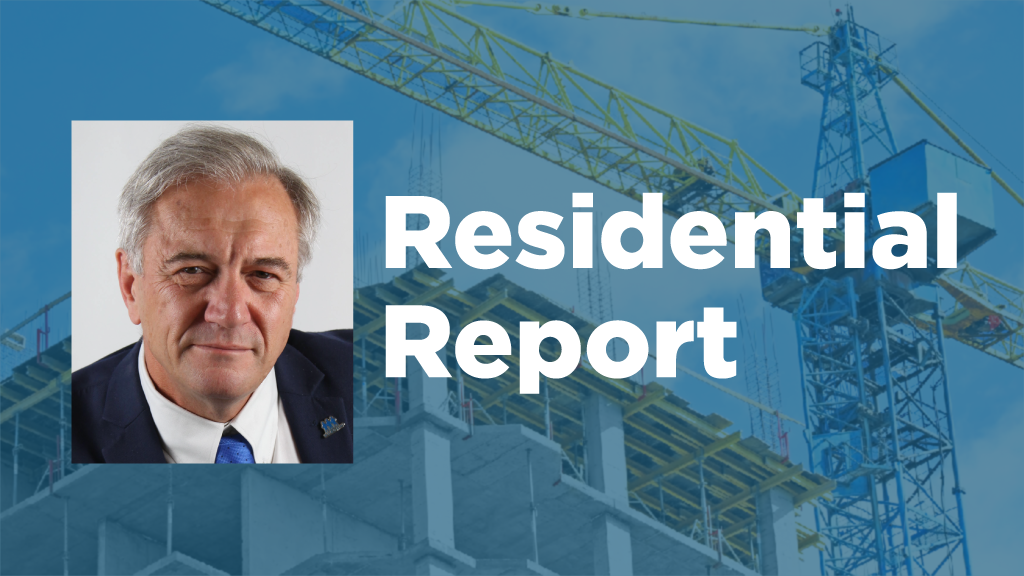A recent decision by the Ontario Energy Board (OEB), if allowed to stand, will drive yet another stake into the new homebuilding industry.
The ruling has the potential to cause significant, negative and enduring consequences for the residential construction industry at a time when we are grappling with a critical shortage of housing.
It would kneecap the industry and saddle developers with additional hefty fees for gas connections at a time when we should be working on ways to encourage the construction of more housing.
The OEB determined it was inappropriate to allow Enbridge Gas to increase gas rates to recoup the cost of paying for expansion over 40 years, as ratepayers could opt for cheaper and greener heating alternatives such as electricity down the road. The cost of gas connections, the OEB ruled, should be paid upfront by property developers building the new homes.
The initial estimate is that it would cost at least $6,000 per new residential unit starting in 2025. For a developer building a subdivision, the figure could be in the tens of millions.
In addition, builders may be required to pay the entire cost at the time of the gas application until the house sells, which would substantially drive-up costs even more. While builders would initially bear the full cost of connecting gas to new homes, ultimately consumers would pay in the form of higher prices for new homes.
The decision will push the cost of housing in the wrong direction, at a time when governments and industry stakeholders are focused on finding ways to make homes more affordable. This will just add unnecessary costs and set up an alarming barrier to housing development.
The stakes are enormous.
Already, many working people can no longer afford to buy a home in cities like Toronto and Vancouver. More youth are leaving to seek cheaper accommodation.
The OEB decision demonstrated a strong bias against current and future use of natural gas and sets a course to eliminate it from Ontario’s energy mix in favour of electricity, which is deemed to be the better alternative.
However, the strategy is flawed as it assumes other fuels are ready to replace natural gas and that electricity will be available to new subdivisions.
The stark reality is that it may not be.
Ontario continues to grow, both economically and in population. It is entirely within the realm of possibility that we won’t have enough electricity in future. While we make the move to electrification, we will need natural gas as part of the transition.
The electrical grid will be strained in the coming years. Electrification of new homes is expected to roughly double the present demand for electricity and, when combined with the federal policy to permit only new electric vehicle sales by 2035, that will further drive-up demand.
Reports released by the Independent Electricity System Operator have cited major factors impacting Ontario’s electricity crunch and contracts have now been extended with at least six natural gas power plants. So, it is quite clear that electrical capacity will be an issue going forward.
At RESCON, we are supportive of a measured approach to transitioning Ontario’s energy system. Our industry has a solid track record when it comes to incorporating initiatives to address climate change. Homes built in Ontario have undergone unprecedented advancement in terms of energy efficiency.
We are embracing low-carbon, hybrid heating technologies such as heat pumps and carbon capture and sequestration while also supporting pipeline infrastructure to deliver low-carbon fuels such as renewable natural gas and hydrogen.
However, realistic timelines must be respected, particularly since we are in a pressing housing supply and affordability crisis.
Natural gas is an attractive energy choice for homebuilders, as it is a readily available, reliable and competitively priced energy source – which is crucial when affordability is a concern.
The Ontario government has set a target of building 1.5 million homes by 2031. We are already behind schedule and the housing crisis is likely to get worse before it gets better. The OEB decision will be a hindrance rather than a help.
The case has generated a quick response. Enbridge has filed an appeal and is asking the Ontario Divisional Court to set aside key parts of the OEB ruling. Energy Minister Todd Smith has also vowed he will introduce legislation to scuttle the decision when the Legislature resumes Feb. 20.
We are in the midst of a generational housing crisis and must seek every opportunity to get more shovels in the ground. It is crucial that the OEB decision be reversed as the residential construction industry – and those buying new homes – deserve a break. They have suffered enough.
Richard Lyall is president of the Residential Construction Council of Ontario. He has represented the building industry in Ontario since 1991. Contact him at media@rescon.com.











Recent Comments
comments for this post are closed